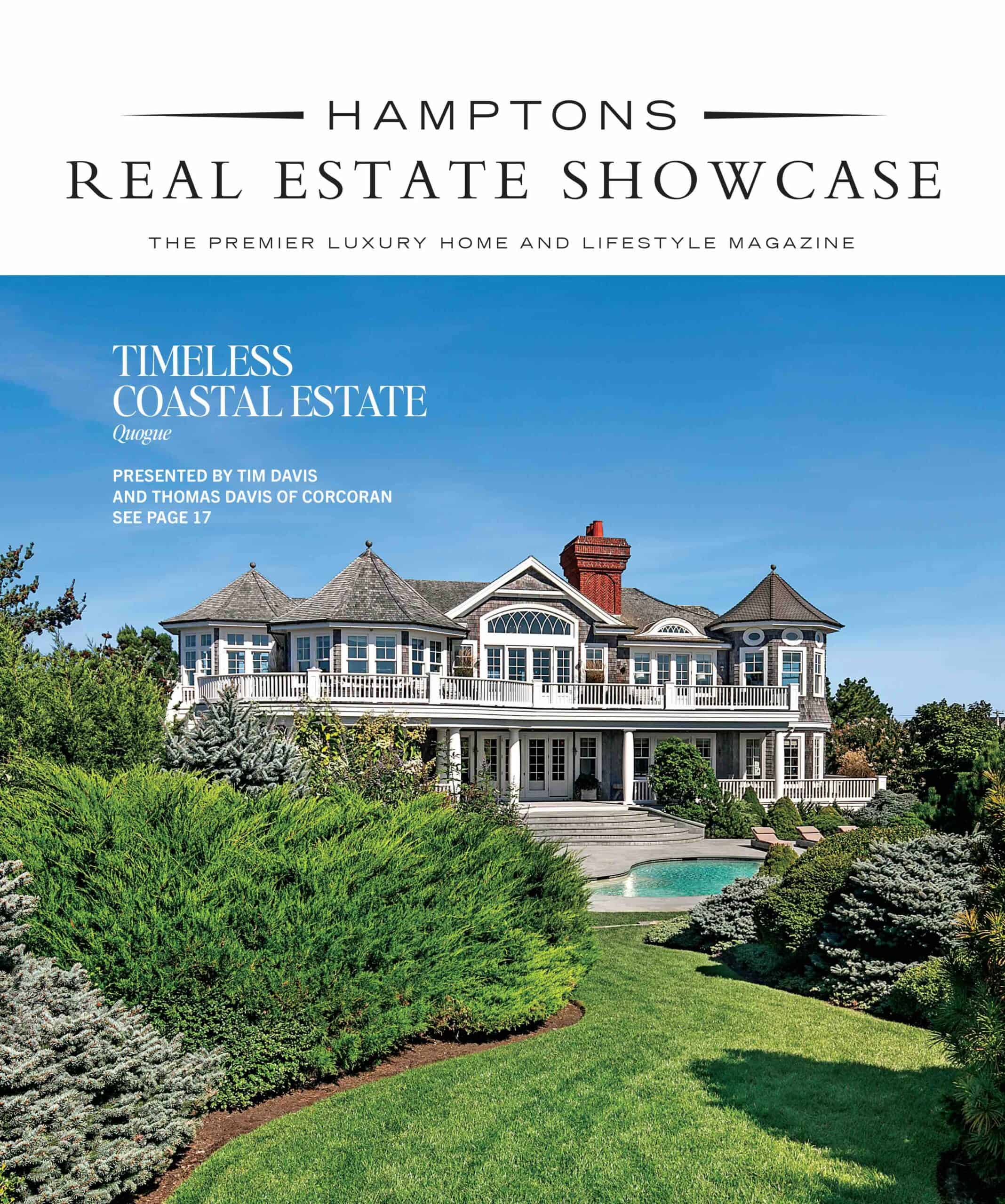Give your home and garden the royal green treatment
It’s June, the first month of summer and a month of verdant abundance. In that green spirit, we’ve compiled a list of environmentally sound solutions to common problems that plague the modern home and yard. You can still treat your home for ticks, clean your patio, and even grow a beautiful garden while still looking out for the planet. Here are our best tips for staying green this summer.
Tick Treatment
On the East End of Long Island, ticks are a persistent burden. But families with pets or small children might be reluctant to apply tick-repelling pesticides to their lawns. You can actually spray for ticks in a way that’s harmless to humans, plants, animals, and the earth as a whole, though. Essential oils, which you can purchase online or through wellness retailers, are effective repellents. Ticks are particularly sensitive to eucalyptus oil, rosemary oil, sage oil, lavender oil, pennyroyal oil, and mint oil. In a spray container used for massive bug treatments — you can find these at landscaping stores — add 20 drops of oil to every four ounces of water. The result will be a lawn that does the work for you (and that smells great doing it).
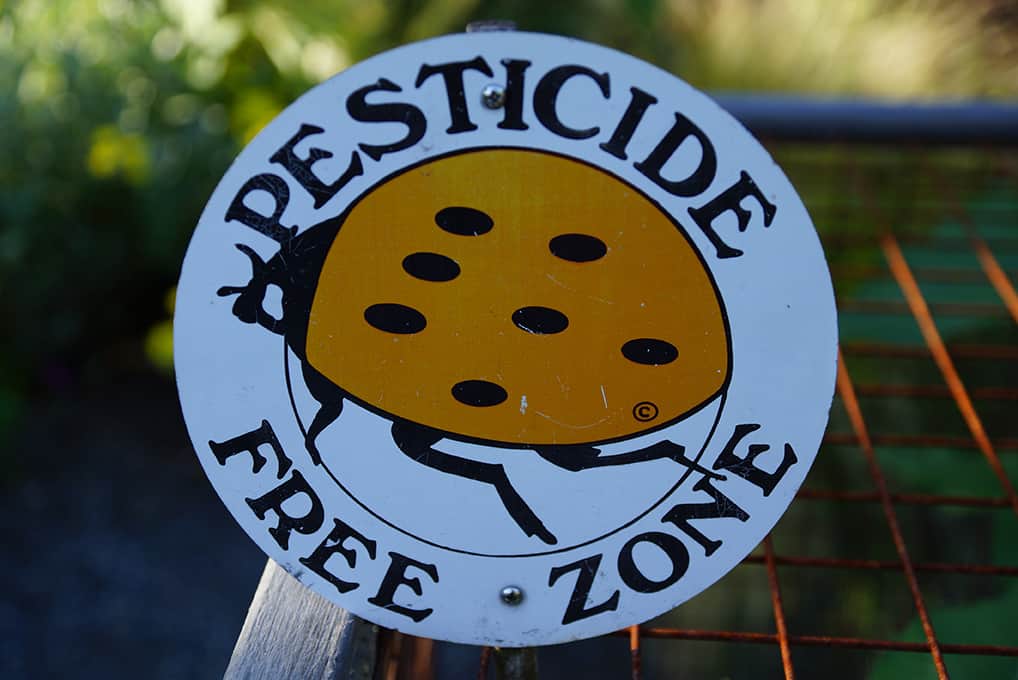
Water-Saving Plants
Water usage is a common culprit when it comes to maintaining a green home and, of course, all plants need water. But if you’re looking to cut back on this essential resource, you can still live with some green in your life. Outdoor plants like Mexican feather grass, lavender, sage, common thyme, echinacea, and blue oat grass require very little water, even in the middle of summer. You can also plant succulents, like Angelina, which will thrive through blistering summer heat. Indoors, spider plants, snake plants, sago palms, orchids, and ZZ plants require minimal water, making them a greener option for your home and garden.
Pest Prevention
Pesticides can have long-term impact on the quality and health of soil, and they can also cause undue harm to benevolent species, like deer. Plus, runoff from pesticides (and also fertilizer) is a proven agitator of high nitrogen and carbon levels in local waterways, precipitating everything from mass die-offs to species shifts. A simple solution of Borax and water (one tablespoon to one gallon) can ward off bugs — and it can also kill weeds. Onion and garlic spray, made from onion, water, garlic, and cayenne pepper, can be sprayed directly onto plant leaves to discourage bug infestations. Finally, chrysanthemum flower tea, which contains the natural pesticide known as pyrethrum, can be made by boiling dried flowers in hot water. Spray over plants and soil for a natural barrier against bugs.
Patio Cleaner
The company Simple Green, which produces a line of environmentally sound household cleaner, has in its repertoire a series of outdoor cleaners that everyone should own. The Simple Green Oxy Solve Concrete and Driveway Pressure Washer Cleaner, which can be added directly to the tank of a pressure washer, cleans driveways, walkways, patios, and more. It is not harmful to plants and it can neutralize odors, too, from pets and other animals. It won’t harm your lawn, either, should some of the solution make its way over there. Indoors, there are plenty of sustainable products on the market. The relatively young Butlers Brand label is among the best. Developed by former domestic employees, the concentrated solution comes with a reusable metal bottle that won’t end up in a landfill.
About That Lawn
Lawns are widely considered to be non-sustainable, since they require a ton of maintenance (electricity or gas from a mower, fertilizer, pesticides, and, of course, water). There are, however, several options when it comes to maintaining a green space that isn’t a traditional lawn. First, you can re-plant grass with something that doesn’t need to be mowed, like a low-growing turf grass. You can also replace sections of the lawn with perennial plantings, trees, or other ground-covering greenery. Finally, some households are moving toward synthetic turf instead, which offers the benefit of a usable space without the harmfulness of the traditional grass lawn. Although that’s a more expensive upgrade, it’s also one that will last.
Grow Your Own
One green switch you can make this year — whether it’s inside or out — is converting to edible greenery. If you have a plot large enough, you can plant fruits and vegetables and eat a section of your own garden. Indoors, you can keep small plants and a wide array of herbs alive. You can also invest in a hydroponic system, like any of the Lettuce Grow vertical planters, which can be kept indoors (or moved outside when the weather changes). Some of these planters will require heaters to thrive, but you can still grow through them everything from lettuce to herbs to tomatoes to cucumbers to green beans. The more food you create in your own home is the less food you have to procure through the use of fossil fuels, like gasoline.
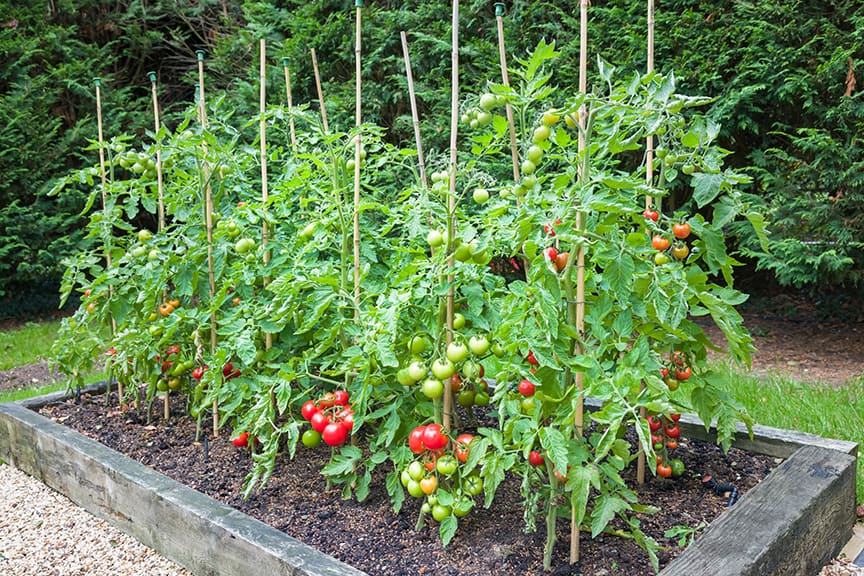









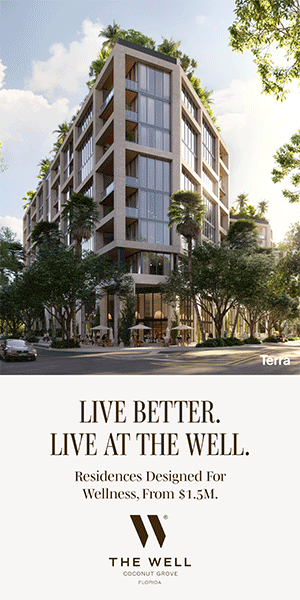
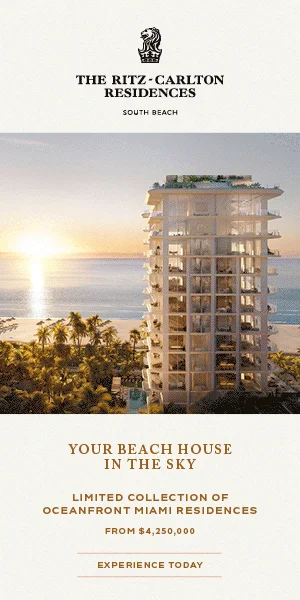
![When clients embrace bold ideas, the results speak for themselves. In this Sag Harbor home, designer Jessica Gersten played with sculptural form and layered textures to create something truly distinctive. From the forged-iron swing to a striking stairwell pendant that anchors the heart of the space, the finished design balances personality and livability in every room. [link in bio]](https://hamptonsrealestateshowcase.com/wp-content/uploads/sb-instagram-feed-images/586881005_18549106426030135_1053520189449566580_nfull.webp)



![Across continents and architectural styles, a distinct vision emerges. 🌎 George Lucas’s real estate portfolio brings together expansive ranchland, oceanfront enclaves, heritage estates, and city landmarks, each chosen with a curator’s eye. From Skywalker Ranch’s 4,700 acres to a secluded stretch of the French countryside, his properties honor place, history, and the pursuit of meaningful design. It’s a collection that speaks quietly, yet with remarkable depth. [link in bio]
📸: Araya Diaz/WireImage, Patrick Durand/Getty Images, Mike Kemp/In Pictures via Getty Images, Google Maps, Google Earth](https://hamptonsrealestateshowcase.com/wp-content/uploads/sb-instagram-feed-images/582214036_18548535424030135_3221221365131655942_nfull.webp)

![The magic of the movies is having a moment 🎬 From restored architecture to intimate screening rooms and curated cultural programs, today’s theaters are transforming into places where nostalgia meets innovation. Because sometimes, a great night out starts with popcorn and a story worth telling. [link in bio]](https://hamptonsrealestateshowcase.com/wp-content/uploads/sb-instagram-feed-images/583588404_18548343766030135_6137669070907015384_nfull.webp)
![There’s something special about cozy fall dinners by the fire 🍽️ Think rich seasonal flavors, hearty comfort food, and the kind of ambiance that makes you want to linger a little longer. The East End still has plenty to savor, no matter the season. [link in bio]](https://hamptonsrealestateshowcase.com/wp-content/uploads/sb-instagram-feed-images/581682943_18547899922030135_1872388649637312098_nfull.webp)
